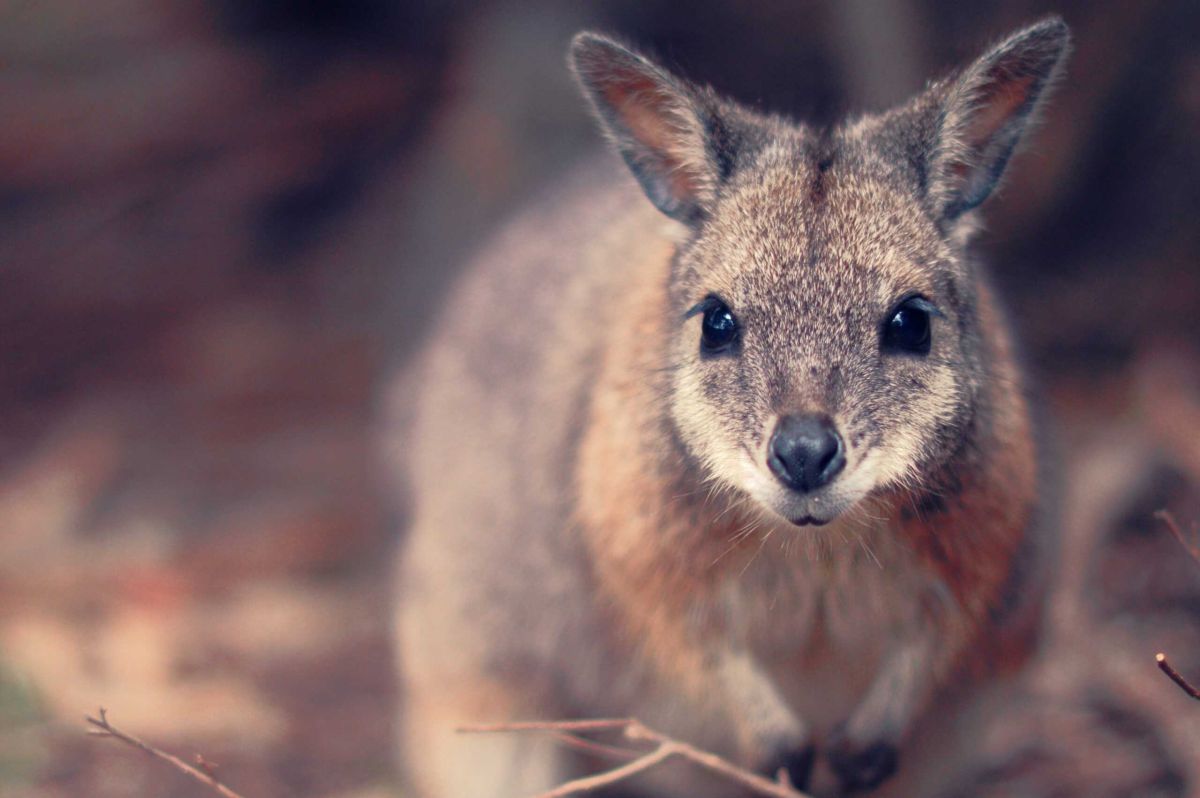Red-Necked Wallaby: Nature’s Bouncing Beauties

The Red-Necked Wallaby (Macropus rufogriseus) is one of Australia’s most charming and remarkable marsupials that captures the heart of wildlife enthusiasts and casual observers alike. Often overlooked in favor of its more famous relatives—such as the kangaroo and koala—the Red-Necked Wallaby has its unique charm and ecological importance. Let’s investigate the captivating world of this remarkable creature and discover what makes it so special.
Physical Characteristics
The Red-Necked Wallaby is characterized by its distinctive reddish-brown fur on the upper body, with a notable lighter patch on its neck, which contributes to its name. These wallabies possess robust bodies, powerful hind legs, and small front limbs, making them well-adapted for hopping across the varied terrains of their native habitats. Adults typically measure between 3 to 4 feet in length and weigh between 70 to 100 pounds, showcasing a striking combination of strength and agility.
Habitat and Distribution
Native to the eastern and southern regions of Australia, as well as the nearby island of Tasmania, the Red-Necked Wallaby inhabits a range of environments—including woodlands, grasslands, and coastal scrublands. Their adaptability to different habitats allows them to thrive in a variety of conditions, from arid landscapes to lush forested areas.
These wallabies are often seen in small groups, known as “mobs,” which provides safety in numbers. Typically, their activity peaks during the cooler hours of dawn and dusk, making them crepuscular animals that venture out to graze and socialize in the early morning or late afternoon.
Diet and Feeding Habits
As herbivores, Red-Necked Wallabies have a diet primarily made up of grasses, leaves, and shrubs. Their specialized digestive systems enable them to break down tough plant materials and extract the necessary nutrients effectively. The presence of strong, continuously growing incisors allows them to graze on fibrous vegetation, which is abundant in their natural habitat.
Interestingly, these wallabies show selective grazing behavior, choosing only the healthiest and most nutritious plants, which ensures their sustainability within their ecosystems. Their impact on the vegetation also contributes to the overall health of the habitats they inhabit, as their grazing helps to control plant growth and promote biodiversity.
Breeding and Life Cycle
Mating season for the Red-Necked Wallaby typically occurs during the warmer months, but these marsupials have a unique reproductive strategy known as embryonic diapause. This means that a female can delay the development of her embryo until environmental conditions are more favorable for the survival of her offspring. After a gestation period of around 30 to 34 days, a tiny, underdeveloped wallaby, known as a joey, is born. The joey instinctively crawls into its mother’s pouch, where it will continue to develop and grow for several months, emerging fully formed after about six to eight months.
This fascinating reproductive adaptation allows Red-Necked Wallabies to increase their reproductive success, ensuring that they can take advantage of available resources when conditions are most favorable.
Conservation Status
While the Red-Necked Wallaby has managed to maintain stable populations in many areas, habitat loss, climate change, and predation by introduced species, such as foxes and feral cats, are ongoing threats to their survival. Conservation efforts are crucial for their protection, with initiatives aimed at habitat restoration and public education about the importance of biodiversity.
Cultural Significance
The Red-Necked Wallaby holds cultural significance for Indigenous Australian communities, often featuring in traditional stories and artworks. Their presence in the Australian landscape reinforces the deep connection between the land and its inhabitants, highlighting the importance of respecting and preserving Australia’s unique wildlife.
Conclusion
The Red-Necked Wallaby might not enjoy the same level of fame as its larger kangaroo cousins, but it is undeniably a remarkable creature that contributes to the rich tapestry of Australia’s wildlife. By understanding their behavior, habitat, and the challenges they face, we can appreciate the importance of protecting these enchanting marsupials and their ecosystems. Whether you’re a wildlife enthusiast or a casual adventurer, the Red-Necked Wallaby invites you to experience the beauty and diversity of nature in its naturally vibrant habitat. So next time you plan a visit to the Australian wilderness, keep an eye out for these bouncing beauties—they are sure to steal your heart.



